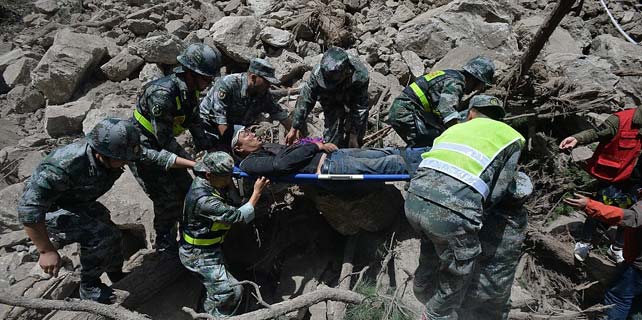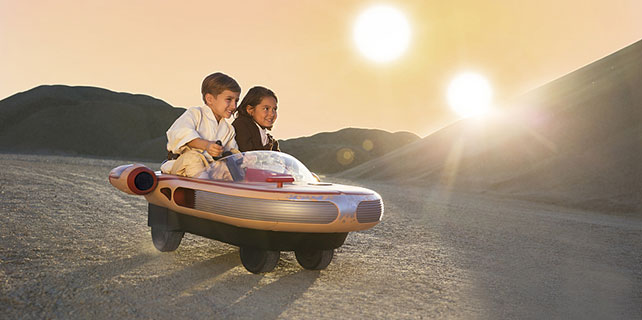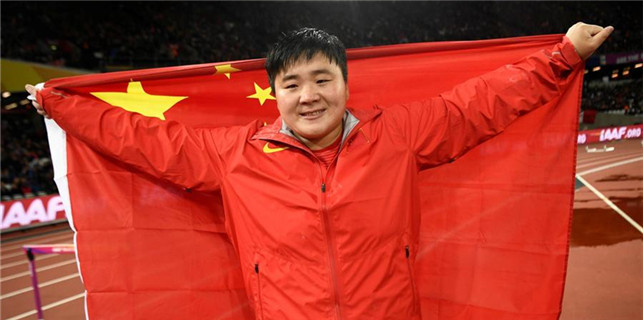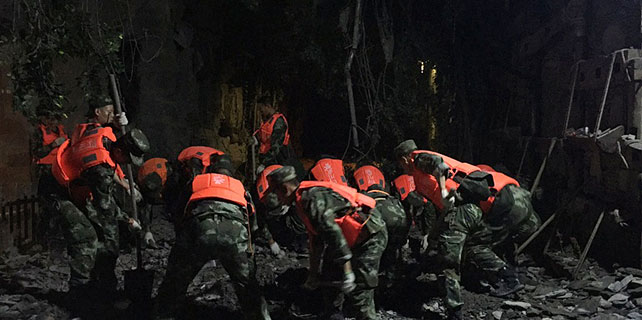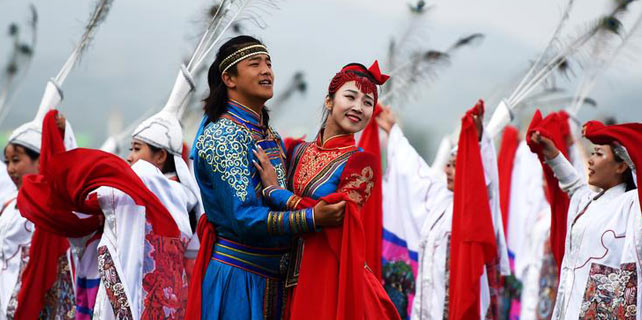3-D shows the way of heritage
 |
|
Buddha statues are displayed at a Beijing show via 3-D and virtual reality technologies. [Photo provided to China Daily] |
It took them two years to get a permission from the Tokyo National Museum to scan Buddha heads stored there.
He says even though they had the data of scanned heads and the management office of the Tianlongshan Caves had that of the bodies, they still failed to restore a complete Buddha sculpture because of missing parts such as the neck.
Yu says except four statues in Cave No 9 that have remained intact, other major sculptures of the Tianlongshan Caves have been damaged.
"The Buddha sculptures are regarded by experts as among the best of those built in the Tang Dynasty," says Yu, who started working at the caves in 1997.
Construction of the Tianlongshan Caves began in the Eastern Wei Dynasty (534-550) when the area of Jinyang was a secondary capital of China. The caves flourished in the Tang Dynasty.
In 1922, articles published by Japanese scholars and photos of the Tianlongshan Caves revealed by Tomura Tajiro, a Japanese art professor, attracted international attention, resulting in a crazy loot of the caves by antique dealers.



